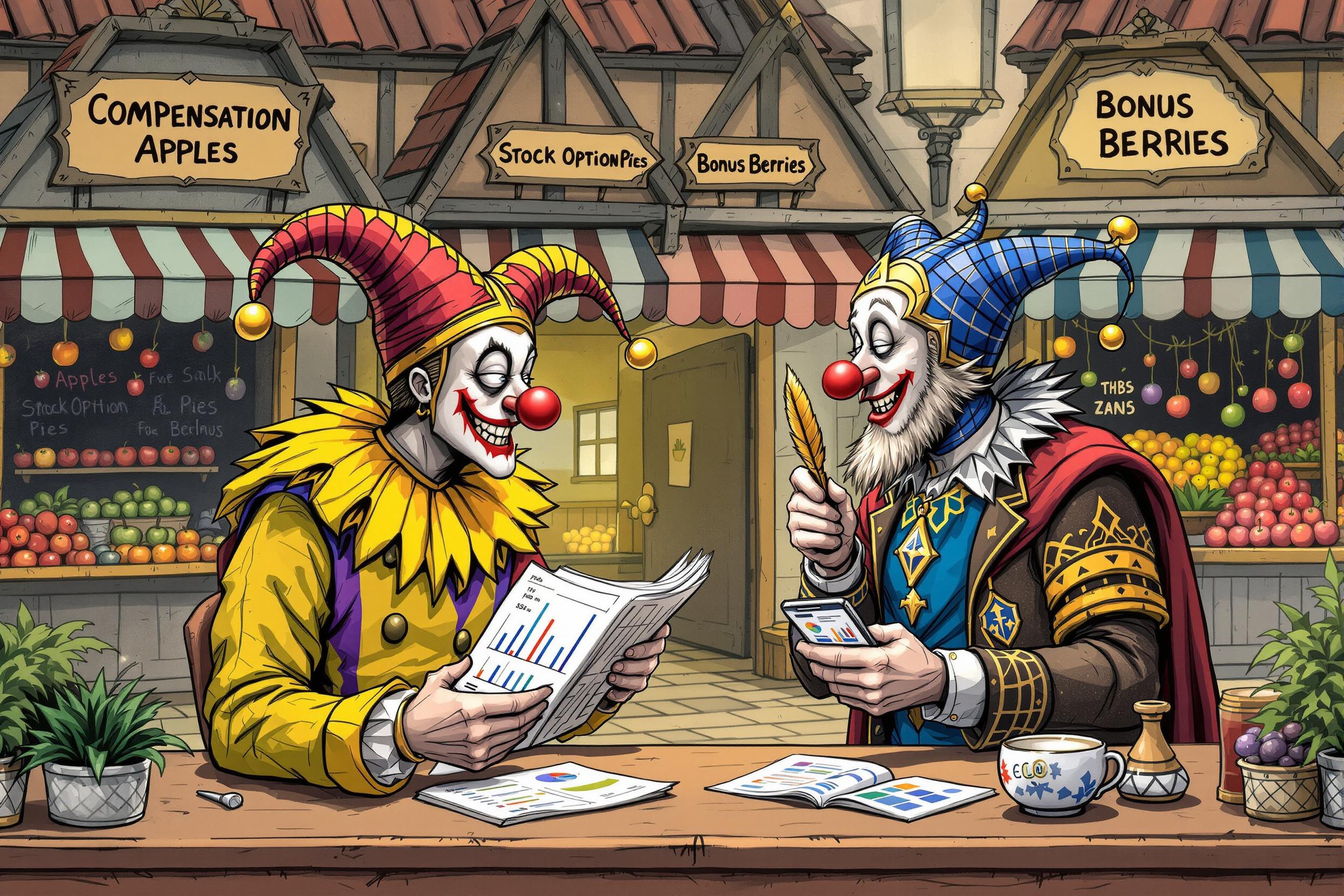
Black-Scholes Model
The Black-Scholes Model is a widely used tool in finance for figuring out the fair price of stock options and similar financial products. Think of it like a special calculator that helps investment professionals determine whether an investment opportunity is priced correctly. It's similar to how a real estate agent uses comparable sales to price a house, but for financial products. When you see this on a resume, it usually means the person knows how to work with complex financial calculations and understands options trading. It's sometimes also called the "Black-Scholes-Merton Model" or "Options Pricing Model."
Examples in Resumes
Developed trading strategies using Black-Scholes Model to evaluate options pricing
Applied Black-Scholes-Merton Model analysis to improve investment portfolio returns
Created Excel tools implementing Black-Scholes calculations for the trading desk
Typical job title: "Quantitative Analysts"
Also try searching for:
Where to Find Quantitative Analysts
Professional Organizations
Online Communities
Job Resources
Example Interview Questions
Senior Level Questions
Q: How would you explain the limitations of the Black-Scholes Model to a client?
Expected Answer: A senior professional should be able to explain in simple terms that the model assumes normal market conditions and may not work well during market stress or for complex options. They should demonstrate ability to communicate technical concepts to non-technical audiences.
Q: How have you modified the Black-Scholes Model in real-world applications?
Expected Answer: Should discuss practical experience with adapting the model for different market conditions, including examples of when and why modifications were necessary.
Mid Level Questions
Q: What are the key inputs needed for the Black-Scholes Model?
Expected Answer: Should be able to list and explain the five main inputs: stock price, strike price, time to expiration, risk-free rate, and volatility, and why each matters.
Q: How do you handle volatility when using the Black-Scholes Model?
Expected Answer: Should explain different approaches to estimating volatility and when to use historical vs. implied volatility in practical applications.
Junior Level Questions
Q: What is the basic purpose of the Black-Scholes Model?
Expected Answer: Should explain that it's used to determine fair prices for stock options and similar financial products, demonstrating basic understanding of options pricing concepts.
Q: Can you describe a simple example of when you would use this model?
Expected Answer: Should provide a straightforward example, like pricing a basic stock option, showing understanding of practical applications.
Experience Level Indicators
Junior (0-2 years)
- Basic understanding of options and derivatives
- Knowledge of model inputs and basic calculations
- Ability to use existing pricing tools
- Understanding of basic financial markets
Mid (2-5 years)
- Advanced options pricing calculations
- Model implementation in Excel or similar tools
- Understanding of model limitations
- Risk analysis and management
Senior (5+ years)
- Complex derivatives pricing and modeling
- Model modification for specific situations
- Trading strategy development
- Team leadership and stakeholder communication
Red Flags to Watch For
- Unable to explain basic options concepts
- No practical experience with financial modeling tools
- Lack of understanding of market risk factors
- No knowledge of financial markets and trading
- Cannot explain model limitations
Related Terms
Need more hiring wisdom? Check these out...

Automated Scorecards in ATS Systems: Your Secret Weapon for Smarter Hiring Decisions

The Hidden Art of Salary Negotiation: How to Win Hearts Without Going Broke

Cracking the Code: Real Strategies to Diversify Tech Hiring

